Imagine breaking into an elite circle of technology giants and announcing that you’re going to be the first company to introduce a fleet of self-driving cars in the United States. Well, Uber has just done that with its announcement that car-hailing service users will soon be able to call a driverless cab in the city of Pittsburgh this month.
Stunning the technology world with its boldness, Uber is crushing all preconceived notions about autonomous cars not being available for at least the next half decade. The first of the 100 modified Volvo XC90 SUVs have already been delivered, and should start running on Pittsburgh roads before the month is out.
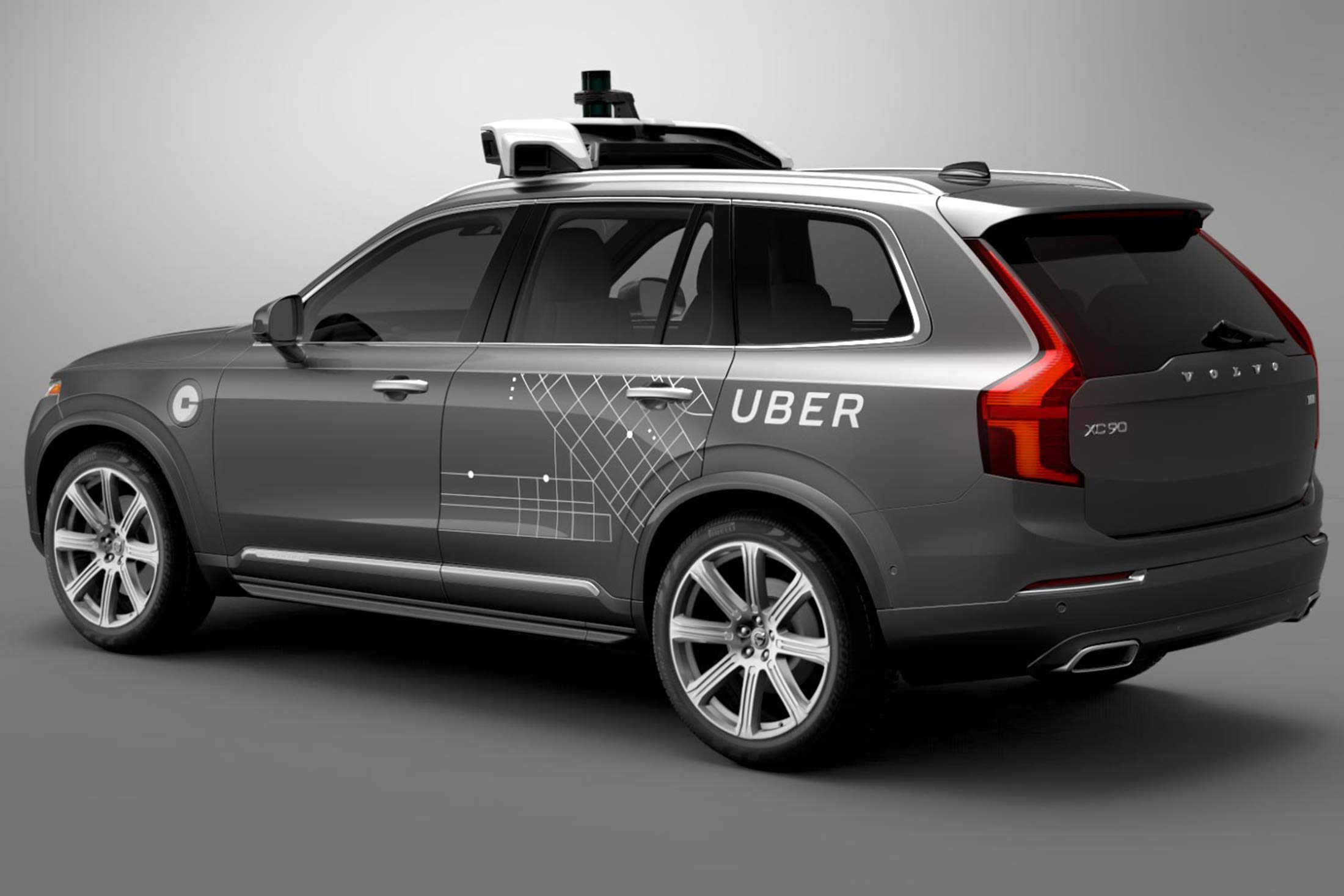
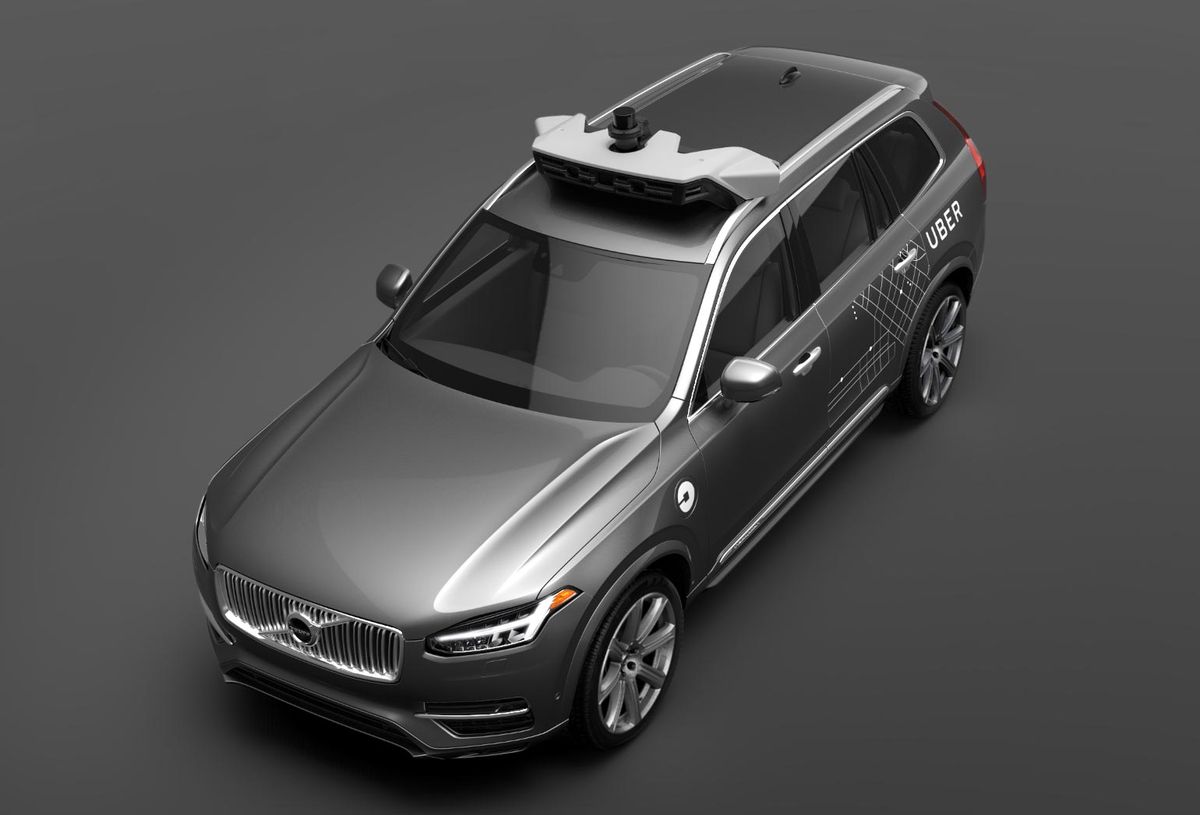
Are They 100% Autonomous?
Unfortunately, no. Sorry, make that “fortunately, no.” Apparently the cars will be manned by a driver who will take over when required. But the day is not far away when Uber will be able to boast of truly autonomous technology.
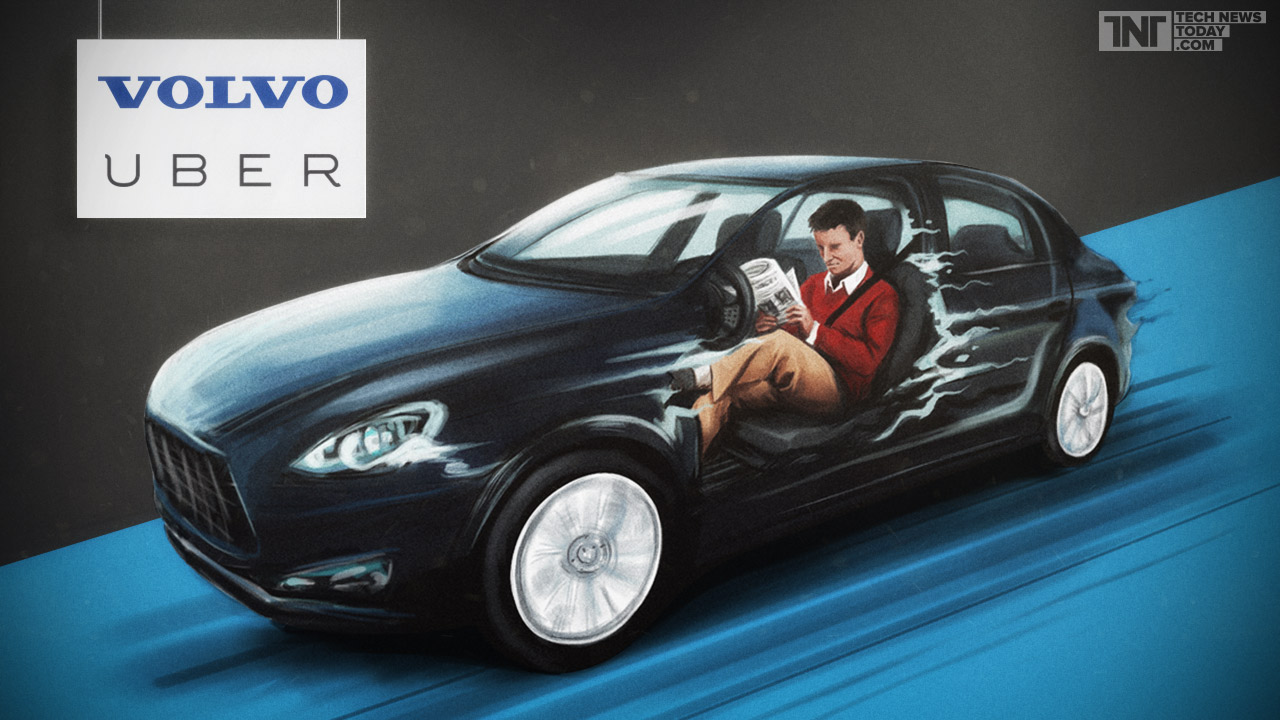
But how can they do this when giants like Google are already in the game?
For one, they’ve got the best minds on the job. The company recently agreed to acquire a start-up called Otto, whose 91-member staff includes people who have worked on autonomous driving projects at Google, Apple and Tesla. Otto’s contribution is a self-driving kit for big-rig trucks that allows the driver to catch some z’s on long-haul highway trips without losing time.
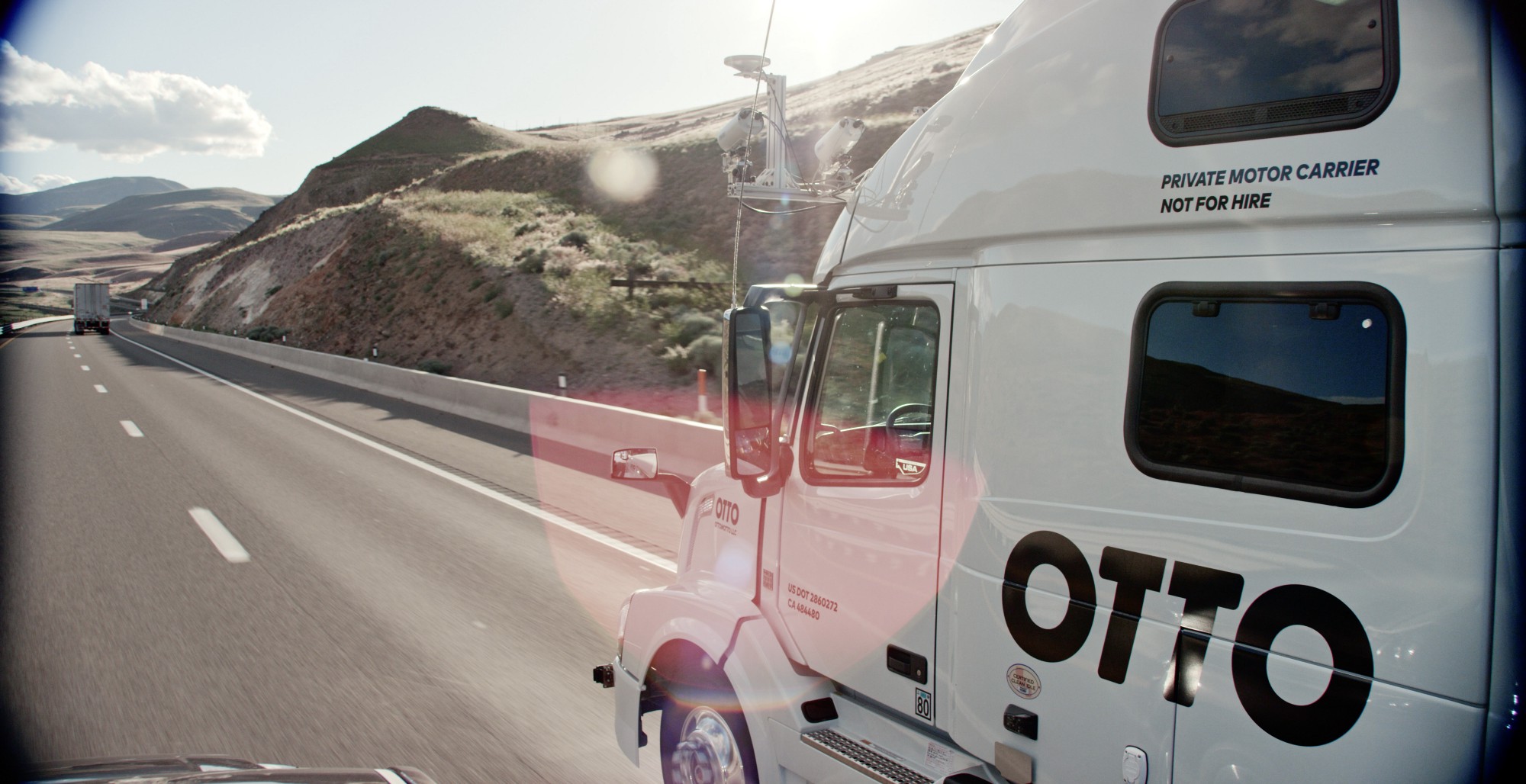
Google has long been considered the leader in the field of autonomous driving research and development. However, despite its rich cash horde and the choice of the best brains in the world, this is all they’ve been able to come up with after so many years in the game.
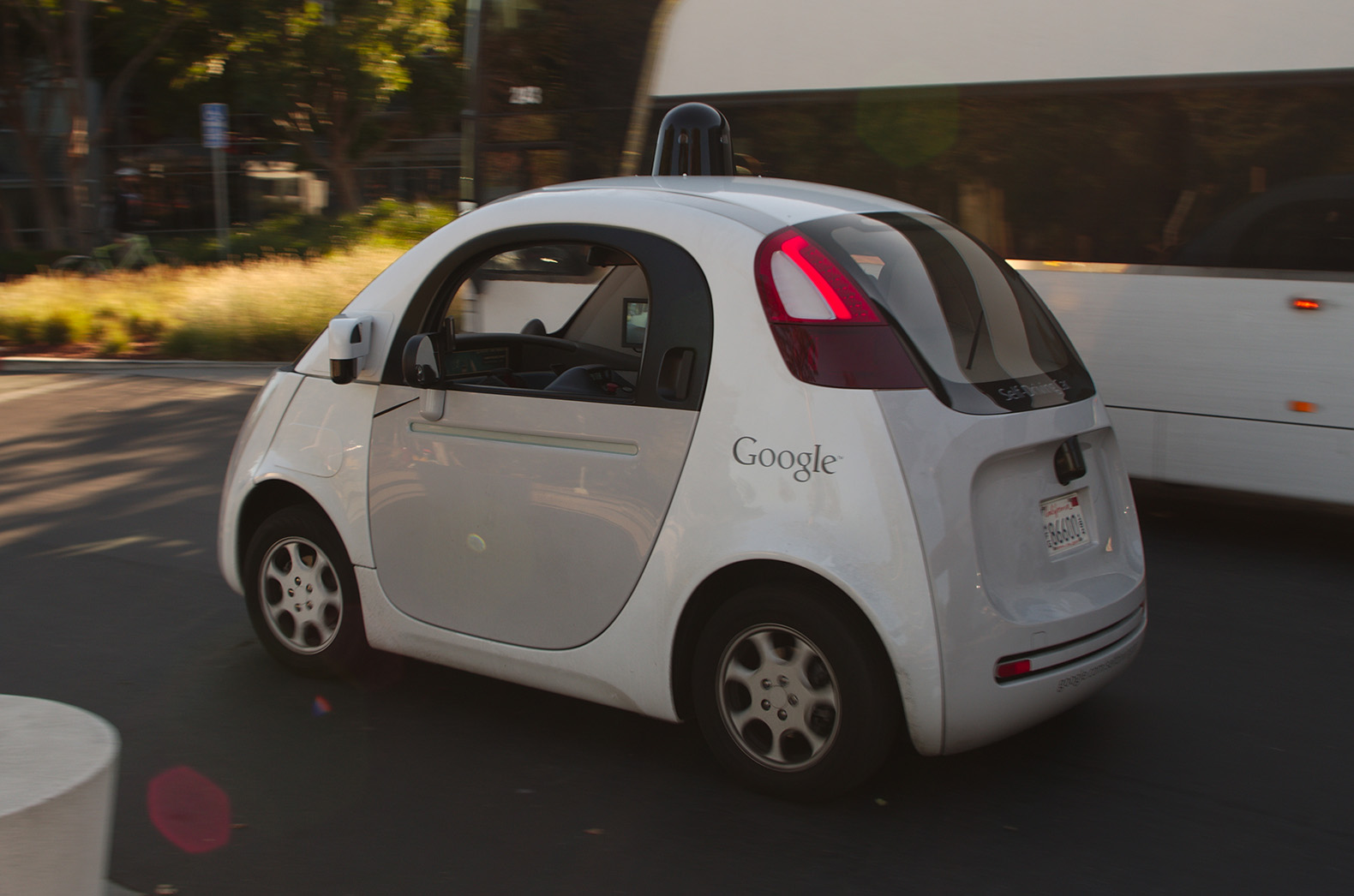
Several companies have already overtaken them, including IBM with the first self-driving shuttle vehicle called Olli that was recently launched in National Harbor, MD. There are also companies like Otto that are developing their own tech, as well as major carmakers like Ford investing millions in autonomous technology.
Uber has also been working on its own autonomous driving technology with the Carnegie Mellon University’s John Bares, who founded Carnegie Robotics after running the robotics center at CMU for more than a decade. Bares seems to be the man at the center of Uber’s foray into driverless car-hailing, which will be the world’s first car-sharing service featuring self-driving cars.
Why is Uber in the Self-driving Game?
According to CEO Travis Kalanick, this is not a moonshot attempt to create a new technology before its competitors.
“The minute it was clear to us that our friends in Mountain View were going to be getting in the ride-sharing space, we needed to make sure there is an alternative . Because if there is not, we’re not going to have any business. Developing an autonomous vehicle is basically existential for us.”
With Ford recently announcing its own entry into the driverless car-sharing space, and Google and Apple having already spent hundreds of millions of dollars on researching and developing the sensor and artificial intelligence technologies behind autonomous driving, Uber can’t afford to wait. As the number one car-hailing company in the world, it has to move fast to get there before anyone else. And that’s exactly what they’ve done.
Although Volvo and Uber have jointly agreed to spend $300 million on developing a 100% driverless car by 2021, Uber is not making this arrangement an exclusive one. With Bares at the helm and now Otto in the fray, Uber is getting help from every quarter possible to make this a reality.
The Future of Autonomous Driving Technology at Uber
If Uber’s test Volvos are successful, it will inevitably lead to the company replacing all of their 1 million drivers with non-human chauffeurs. While that’s not going to go down well with drives who depend on Uber for their sustenance, the company seems very intent on making the technology commercial.
To analysts who have said that driverless cars are at least a decade away – including yours truly – Kalanick says this:
“We are going commercial. This can’t just be about science.”
When Uber China was sold to chief domestic competitor Didi Chuxing earlier this month, several analysts said that the deal would allow Uber to focus more on its core markets such as the United States.
And it seems they’re doing exactly that with the Pittsburgh project.
If you’re reading this on Apple News, please favorite the 1RedDrop channel (next to our logo) to add us to your news feed, or Like our page on Facebook. On any other mobile device or desktop, please click here to visit our site for more insightful articles on current and future technologies that are changing our lives.



